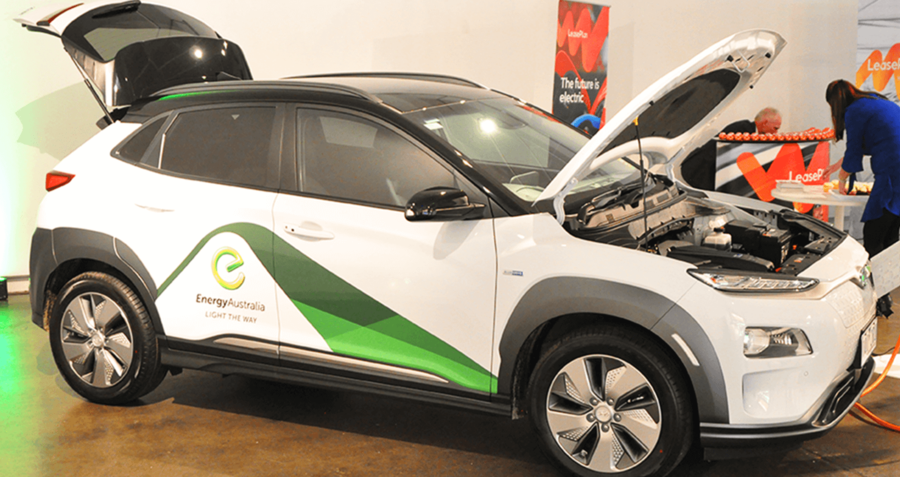Whether you’re a car lover or a keen cyclist, chances are you’ve heard the growing buzz about electric vehicles. E-bikes and electric cars are changing the face of transport in Australia, offering commuters and families more options than ever before. Here, we take a look at the latest developments.
Electric cars
Thanks to innovative new companies like Tesla and established carmakers such as Toyota, electric car technology has advanced dramatically in the past few years. There are two main types of electric cars – ‘plug-in hybrid electric vehicles’ (PHEVs), which run using a combination of petrol and electricity, and ‘pure EVs’, which run solely on electricity.
How they operate
Every electric car contains a battery that serves as its power source. The batteries can be recharged at special charging stations (it can take as little as 30 minutes) or by plugging them in at home. At the moment, the number of charging stations around Australia is limited, but companies such as Evie and Chargefox are expanding rapidly.
The benefits of electric cars
Pure EVs do not use any petrol, making them much kinder to the environment than traditional cars. And recent tech advances have made them convenient, too: the newest models can now drive as fast as regular cars and can cover hundreds of kilometres on a single charge. Best of all, generally speaking, running an electric car costs less than operating a traditional car.
How much do they cost?
The biggest drawback to running an electric car at this stage is the upfront cost. Because the technology is relatively new and not particularly popular in Australia, a new pure EV will cost you around $50,000 or more. Experts say this cost will fall rapidly in the coming years, with some predicting electric cars will cost the same as traditional cars by 2030.
Electric bikes
Spiriting you effortlessly uphill no matter your level of fitness or the load you’re carrying, electric bikes, or e-bikes, are generally shaped like a standard cycle but with a small motor attached. There are two types – pedal assistance (or ‘pedelec’), which is the most popular, or throttle.
The motor on pedelec bikes works as you pedal, giving you that extra push. You select the speed you want the motor to cut out; for example, once you reach 20 kilometres an hour, you can choose to cut the motor and pedal on your own.
On the other hand, e-bikes with a throttle are designed for riders who want to travel without pedalling. The throttle is found on the handlebars and has a maximum power of 200 watts.
Road regulations differ between states in Australia, but generally follow European laws where e-bikes sold for on-road use are limited to 250 watts and capped at 25km/hour. Electric bike users must follow the same rules as cyclists riding traditional bikes.
Why ride an e-bike?
Cycling purists may sneer at e-bikes, but they are useful for many reasons. Older riders can rely on the motor’s power to help them up hills and through headwinds, and if you’ve got a child on the back, they make the ride far less stressful. People trying to get fit are also looking to e-bikes to ease them into a regular exercise regime.
“We get all sorts of reasons for buying an e-bike. There are people wanting to go green and reduce their carbon footprint by going carless, and some people who have lost their driver’s licence and don’t want to be a burden on friends, so they come and look at electric bikes for that period,” says Nathan Reizer, co-owner of Melbourne Electric Bicycles.
“We get commuters as well – those who are going on a decent run and either don’t want to get to work sweating like a dog or don’t have the facilities to change.”
How they work
Most batteries are long-life lithium and need four to six hours to recharge. Some manufacturers claim a single charge will power a bike for up to 140kms. However, it’s more like 60-80kms when you take hills, wind, rider weight and speed into account. These things are worth thinking about if you’re making a comparison between e-bikes and a fossil-fuelled vehicle.
Most motors weigh about 4 kilograms, while the battery pack and the display are likely to add 4.5kg. This means some bikes can weigh a total of 27kg, something that’s important to note for times you run out of charge and need to pedal or push the bike.
What’s the cost?
European-made e-bikes generally start at around $2500, while Chinese models tend to be priced from $1000. Prices for the top brands can soar up to $16,000, so it pays to crunch the numbers.
E-bikes are slowly becoming more popular in Australia, following trends in places such as China and Germany. Do your research and there’s every chance you’ll find one that not only enhances your cycling experience, but also helps improve your fitness and wellbeing.




